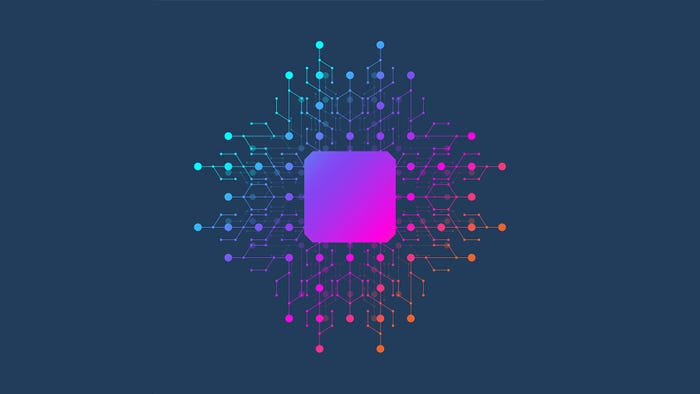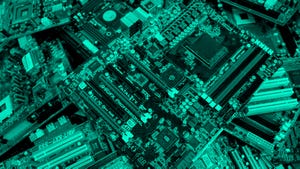AI Data Centers
close up image of data center wires.jpg?width=700&auto=webp&quality=80&disable=upscale)
AI Data Centers.jpg?width=700&auto=webp&quality=80&disable=upscale)
Nvidia Partner SMC Raising $950 Million to Tap AI Server BoomNvidia Partner SMC Raising $950 Million to Tap AI Server Boom
SMC is among data center companies targeting Asia as global tech conglomerates and AI startups seek computing capacity for their services.
Subscribe to the Data Center Knowledge Newsletter
Get analysis and expert insight on the latest in data center business and technology delivered to your inbox daily.



.jpg?width=700&auto=webp&quality=80&disable=upscale)






















.jpg?width=300&auto=webp&quality=80&disable=upscale)










.jpg?width=300&auto=webp&quality=80&disable=upscale)







